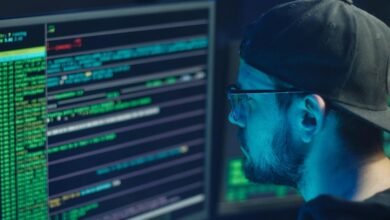20261188 Tracing Mobile Call Origins for Regional Numbers

The process of tracing mobile call origins for regional numbers, such as 20261188, involves sophisticated technologies like GPS and network triangulation. These methods enhance the accuracy of identifying a caller’s geographical location. However, the implementation of such technologies raises critical legal considerations regarding privacy and individual rights. Understanding these facets is essential for users who wish to navigate the complexities of communication privacy. What implications do these advancements hold for both users and service providers?
Understanding Mobile Call Tracing Technologies
As mobile communication has evolved, the technologies employed to trace the origins of mobile calls have become increasingly sophisticated.
Mobile tracking systems utilize advanced algorithms and data analytics for call identification, effectively pinpointing the geographical location of callers. These systems leverage GPS, network triangulation, and signal processing to enhance accuracy, ensuring that users can maintain their desired level of freedom while navigating the complexities of mobile connectivity.
Legal Considerations in Tracing Calls
Legal considerations surrounding the tracing of mobile calls are increasingly complex, reflecting the intersection of technological capabilities and privacy rights.
Compliance with privacy regulations is crucial, as unauthorized tracing may infringe upon individual liberties.
Organizations must navigate these legal frameworks meticulously, ensuring that their tracing practices align with established legal compliance standards while safeguarding users’ privacy and maintaining ethical accountability in the digital landscape.
Tools and Resources for Call Origin Tracing
Mobile call tracing relies on a variety of specialized tools and resources designed to accurately identify the origins of calls.
These may include software applications for number identification, databases containing regional number information, and advanced algorithms that analyze call patterns.
Best Practices for Protecting Against Unwanted Calls
Unwanted calls have become increasingly prevalent, prompting individuals to seek effective strategies for protection. Implementing call blocking features on mobile devices serves as a primary defense.
Additionally, adjusting privacy settings can significantly reduce exposure to unwanted solicitations. Users should remain vigilant by reporting spam numbers and utilizing third-party apps designed to enhance protection, thereby reclaiming their communication freedom and minimizing disruptions.
Conclusion
In conclusion, tracing mobile call origins, such as the number 20261188, exemplifies the intersection of technology and privacy. While advanced methods like GPS and network triangulation can enhance call identification accuracy, they raise critical legal considerations regarding individual privacy rights. As users navigate these capabilities, one must ask: how can we balance the need for connectivity with the imperative to protect personal information? Awareness and adherence to best practices are essential in safeguarding communication privacy.




